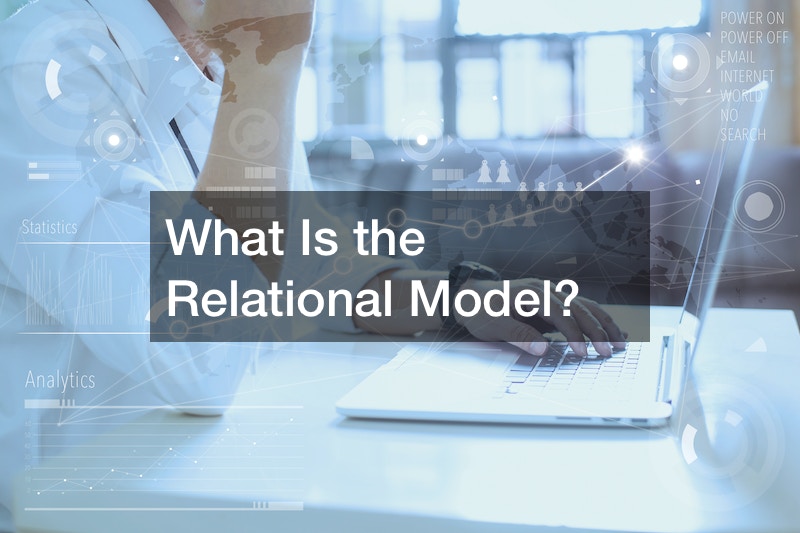This video explains the relational model and its core concepts. The relational model introduced by E. F. Codd in 1970 has two key aspects: the frameworks, which provide data organization, and the integrity requirements, which permit the data to stay consistent.
Both of these components are necessary for the relational model to function correctly.
The relational model is merely a visual depiction that describes the data and the interactions between them. Relational data modeling entails deciding what information to store and the style of structuring for a given application. You should also ensure that the different logical data sets are relevant, as this will allow the information that the data created to be more helpful.
The business analyst will first establish the distinct information concepts or principles that they wish to collect data about before beginning to model the necessary data. People, locations, things, and everything else physically tangible is an entity.
It is essential to remember that you should record only the most pertinent information immediately about an entity. Because of this, when using the relational model, you should strive to avoid duplicating any properties in a database table, especially those that could have been collected against their entities in a logical sense.


